I’m never going to find buried treasure — that would take a lot of work, and I can’t even find my car keys — but perhaps you are a more meticulous, industrious type. If so, there is nothing stopping you from locating one of history’s most important lost artifacts (except that you don’t know where any lost artifacts actually are, of course.) What I’m saying is, it can’t hurt to look. Someone has to be the person who finds the thing, right?
While I don’t have hard evidence of the whereabouts of the Holy Grail or any of the eight other treasures listed below, I do have best estimates and half-baked theories that you can use as entry points for your own quest — one that will definitely end in the glory, cash, and celebrity, not in everyone thinking you’re a crank because you won’t stop talking about the Scepter of Dagobert.
If you want to find The Holy Grail
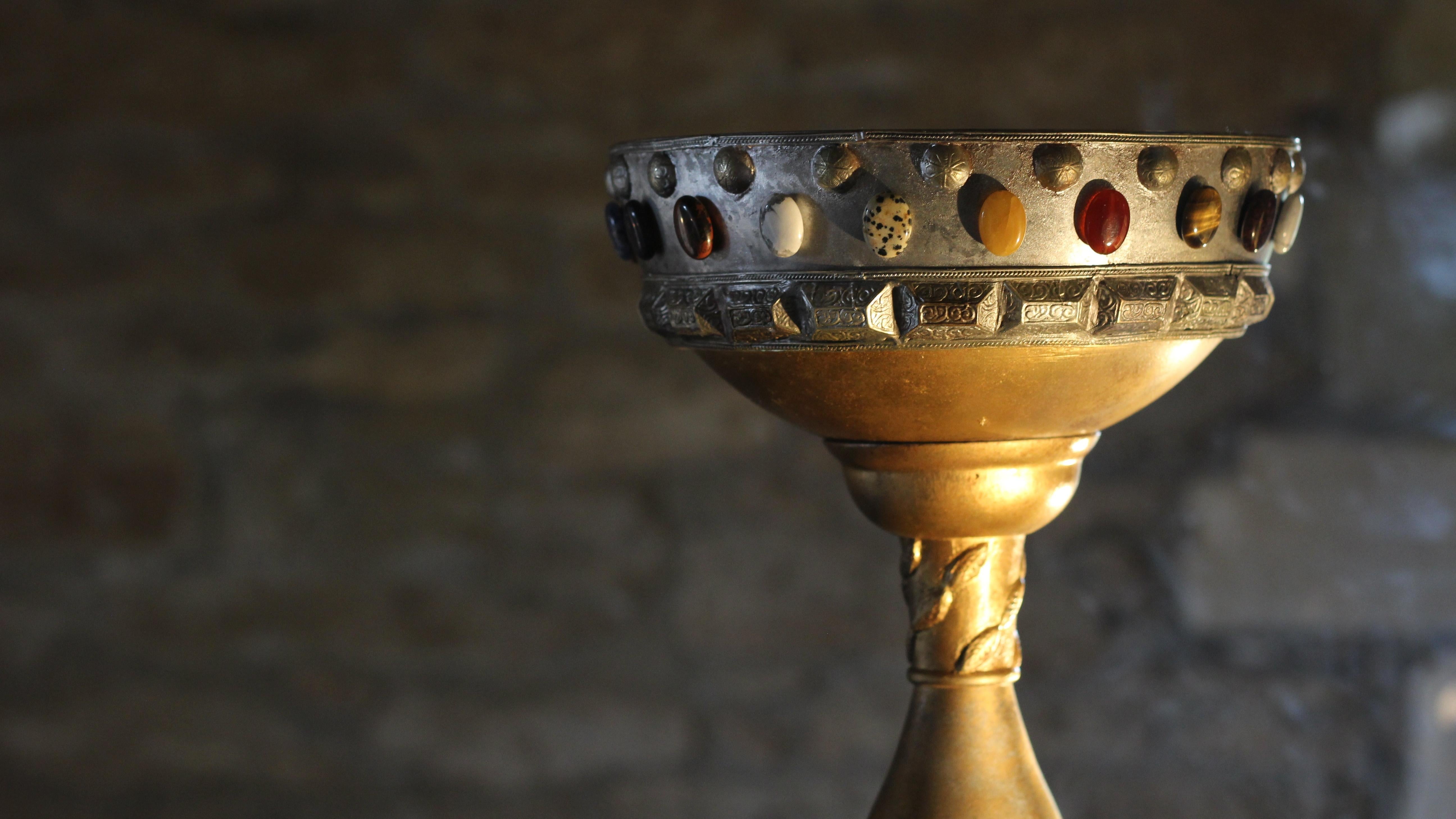
The Holy Grail is the holy grail of lost treasures. The vessel from which Jesus drank at the Last Supper has been an obsession of fortune seekers and religious zealots since at least the 12th Century. Drinking from the grail is said to grant healing, eternal youth, or maybe eternal happiness. King Arthur and Perceval quested for it. The Nazis searched for it. So did Indiana Jones, Monty Python, and Nicolas Cage. The Nazis thought it was in Catalonia. Others say it’s in Scotland. Or England. Or maybe Minnesota.
In 2014, archaeologists Margarita Torres and José Ortega claimed to have found the grail in a basement museum at the Basilica of San Isidoro in León, Spain. Although carbon dating indicates that Torres and Ortega’s grail indeed is a very old goblet, whether it’s the one true grail can’t be determined. Therein lies one of the main problems with grail-location: There are 200 purported grails in Europe alone. Who could say whether any of them is the real one?
The Bible offers no clue what the grail looked like. Matthew 26:27-28, the only mention of it, reads “Then he took a cup, and when he had given thanks, he gave it to them [the disciples], saying, ‘Drink from it, all of you. This is my blood of the covenant, which is poured out for many for the forgiveness of sins.”
I’m no theologian, but I’m pretty sure the point of the Biblical story of the transubstantiation isn’t “Jesus had a magic cup.” It also seems unlikely that Jesus drank from a bejeweled goblet — that’s a little flashy for a renegade preacher — so I think the most plausible theory (if we assume that the Last Supper even happened to begin with) is that the “grail” was an ordinary clay cup or bowl. There’s no evidence that Jesus or his apostles saved the cup or thought it was something special — the grail as holy artefact or treasure seems to be more of a Medieval thing — so the famous Grail could have been washed up after supper and put away with the rest of the dishes. Later, maybe someone dropped it, and the shards were thrown away and ground to dust in a Jerusalem garbage mound.
Chances you could actually find the Holy Grail: Very low. If the grail still exists (or ever existed), you’d probably have no way of knowing it was the right old cup — unless it actually has magical powers, and all magic is fake (except the magic of Doug Henning).
If you’re looking for the Crown Jewels of Ireland

Unlike the dicey story of the Holy Grail, the existence and nature of the Irish Crown Jewels isn’t in dispute. They are a heavily be-jeweled star and badge created in 1831 to be worn at ceremonial occasions by important knights of the The Order of St Patrick. They look like this, were stolen in Dublin, and are worth around $US4.5 ($6) million in 2022 money.
The jewels were kept in a safe in Sir Arthur Edward Vicars’ library. Seven staff members had keys to the room, but only Vicars had a key to the safe. He was super sloppy about security though — he once supposedly passed out drunk and woke up wearing the jewellery with no memory of how it got there.
On June 11, 1907, Vicars showed the pendants to a visitor. On July 6, they were discovered missing. Who made off with the jewels has never been determined, but the leading theories teem with sex scandals, high-level corruption, and political intrigue.
Were the jewels stolen by Vicars himself? Perhaps Vicar’s friend, the charming man-about-town Francis Shackleton, made off with the treasure to pay off his gambling debts? Was the heist the work of Unionists afraid of growing Catholic power in Ireland? Or was it Irish nationalists stealing a symbol of English power to disgrace the crown? Was it Francis Bennett-Goldney, a member of parliament who was discovered as a prodigious thief after his death? Maybe a maid or other servant whose name has been lost to history?
Despite an extensive police investigation and rabid public interest, little further evidence was uncovered, perhaps due to efforts of the British monarchy to cover up the crime to avoid an embarrassing scandal if Shackleton’s “criminal debauchery” became public.
Chances you could find the Irish Crown Jewels: So-so. If the pendants were stolen for profit, they’re probably lost forever, as the valuable gems were probably separated from the jewellery and sold. But if it was a purely a political crime, the pendants could still be out there, maybe still in Dublin, stored in the basement safe of a long-defunct political organisation, or hidden in a wall, waiting for an enterprising treasure hunter like you to come along.
If you want to rediscover ‘London After Midnight’
1927’s silent film London After Midnight is probably the most-sought after piece of lost media in the world. Made by MGM, starring Lon Chaney, and helmed by Freaks and Dracula director Tod Browning, London After Midnight was widely released in the late 1920s. It was a hit with audiences and received mostly positive reviews — it earned 76% fresh on Rotten Tomatoes. A hundred years later, we have tantalising pieces of the movie — reviews in the press, lobby cards and publicity stills, the screenplay — but there seem to be no actual prints of the movie left on earth.
Even though you can’t see London After Midnight, you can see Browning’s 1935 remake, Mark of the Vampire, a reconstructed version from TCM based on the existing stills and screenplay, and you can also see the film’s mark on current horror movies. The monster in 2014’s The Babadook is clearly based on Chaney in London After Midnight, as is the villain in 2022’s The Black Phone.
Chances you could find London After Midnight: Fairly good, actually. The last official print of the movie was destroyed in a fire at MGM in 1967, but they sent a print of the film to every theatre that showed it, so a copy could still exist. Maybe several copies. Lost films are regularly rediscovered in archives and basements all over the world — another Chaney/Browning joint called The Unknown was unearthed in France in 1968, for instance.
If you want to see the Benin Bronzes
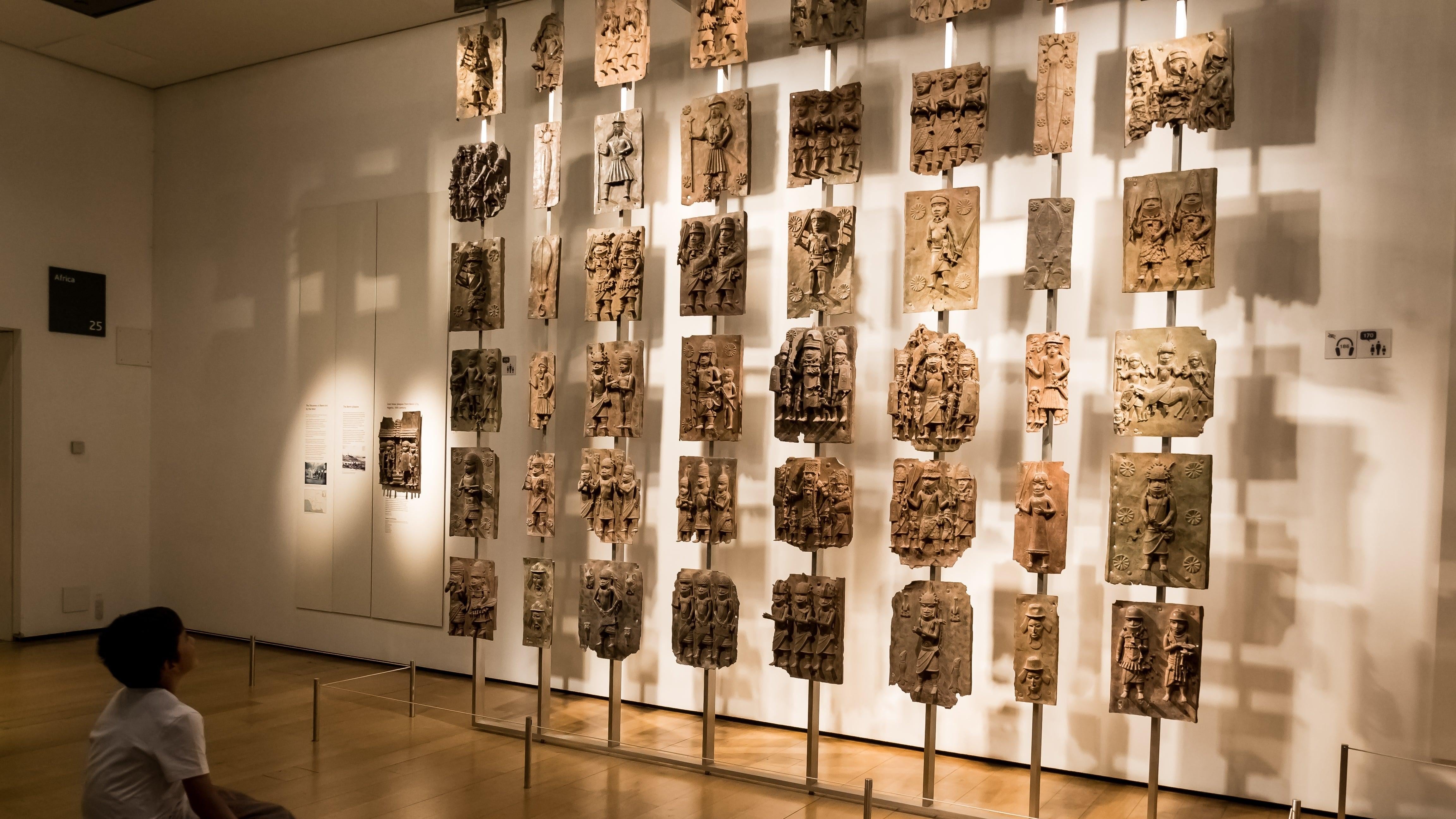
The Benin Bronzes are a group of hundreds of brass and bronze plaques depicting animal and human figures, “items of royal regalia,” and personal ornaments. Created starting in the 16th Century, these priceless works of art were commissioned to adorn ancestral altars and other sacred spaces. They were stolen from the West African Kingdom of Benin during the colonial era: In the late 19th century, thieves sacked Benin and made off with the bronzes after slaughtering countless residents of the city.
Chances you could find The Benin Bronzes: 100%. The stolen Benin Bronzes are housed at the British Museum on Great Russel Street in London, open daily between 10 a.m. and 5 p.m.
If you want to wield the Scepter of Dagobert
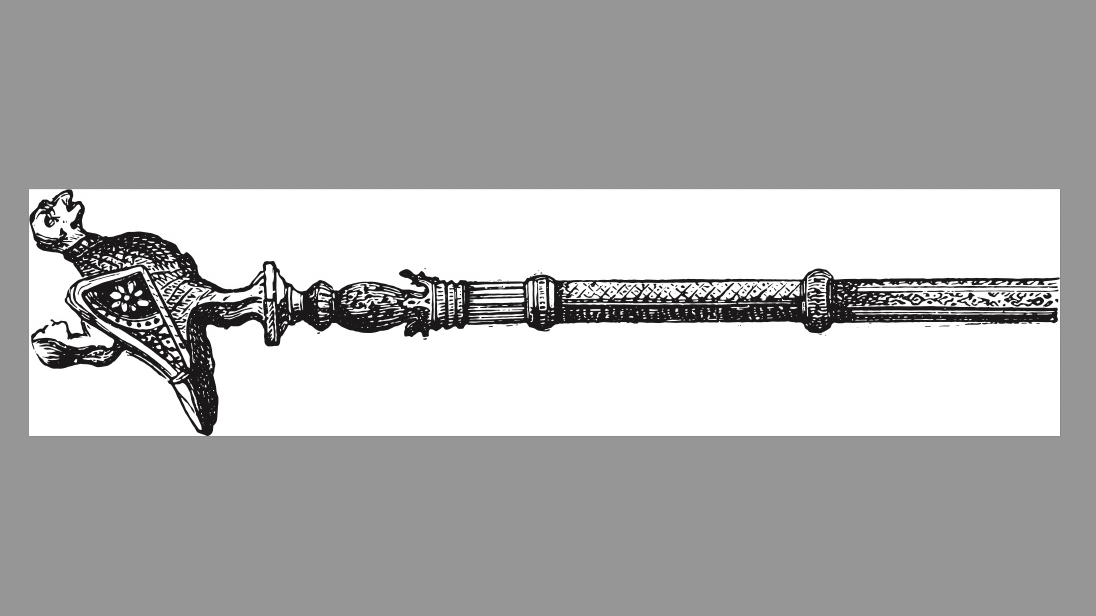
Created in the 7th Century for Dagobert I, king of Austrasia, the Scepter of Dagobert was made of filigrane and enameled gold by Saint Eligius, the patron saint of goldsmiths. It’s in three parts: a rod, a hand holding a globe, and a statue of an eagle carrying a man. Whether Saint Eligius created the rod or embellished an existing rod is debated — some think the scepter is actually a blinged-up Roman baton. Either way, it’s among the finest royal scepters ever created. Here’s what it looks like.
The scepter was one of the oldest pieces in the French crown jewels, where it lived alongside the Crown of Charlemagne and the Regent Diamond in the fortified Basilica of Saint-Denis. But in 1793 the collection was taken to the Louvre. The scepter disappeared two years later. It was probably stolen, although no one really knows. There are no suspects, and no further clues are readily available.
Chance that you could find The Scepter of Dagobert: None, because I wield the scepter! Tremble before the might of Dagobert, mortal!
If you want to see the Peking Man fossils

Discovered in China’s Zhoukoudian cave during the 1920s and 1930s, the Peking Man fossils are a set of 200 fossilized bones from a direct human ancestor that lived between 230,000 and 780,000 years ago. Basically, they are evidence of the missing link between man and our primate cousins. Many believe the bones are evidence that all of humanity originally came from China.
Back in 1941, in the midst of the Second Sino-Japanese War, the fossils were put into a pair of footlockers and given to the US Marines to be shipped to the New York Museum of Natural History for safekeeping. En route, the transport ship was attacked by the Japanese and ran aground, and the fossils were lost. An extensive reclamation effort was launched, but to little result. Rumours that the fossils were taken by the Japanese, buried somewhere to keep them from the Japanese, or ground up and used in Chinese medicine abounded. They might not have even made it to the transport ship. Or maybe they did make it to the US and we kept them and are lying about it.
In 2010 there was a potential break in the case. Paul Bowen emailed paleoanthropologist Lee Berger with an intriguing story that could point to the fossils’ whereabouts. According to Bowen, when his father, Richard Bowen was in the marines during China’s Nationalist–Communist Civil War, he was stationed at the port city of Qinhuangdao. In 1947 while digging a foxhole, Bowen discovered a box of bones. His life in danger from the approaching Communist army, Bowen reburied the box.
The site of the Marine base is now an industrial area, and the supposed box filled with bones could be buried under the asphalt of a parking lot there. If the area is redeveloped, the mystery could be solved.
Chances that you could find the Peking Man fossils: Slim. Despite the Creedence leant to it by both Chinese and American paleontologists, the bones-in-a-foxhole story seems shaky. But someone looting a ship during the chaos of war and simply throwing away a box of bones doesn’t sound shaky at all.
If you want to wield Thor’s hammer
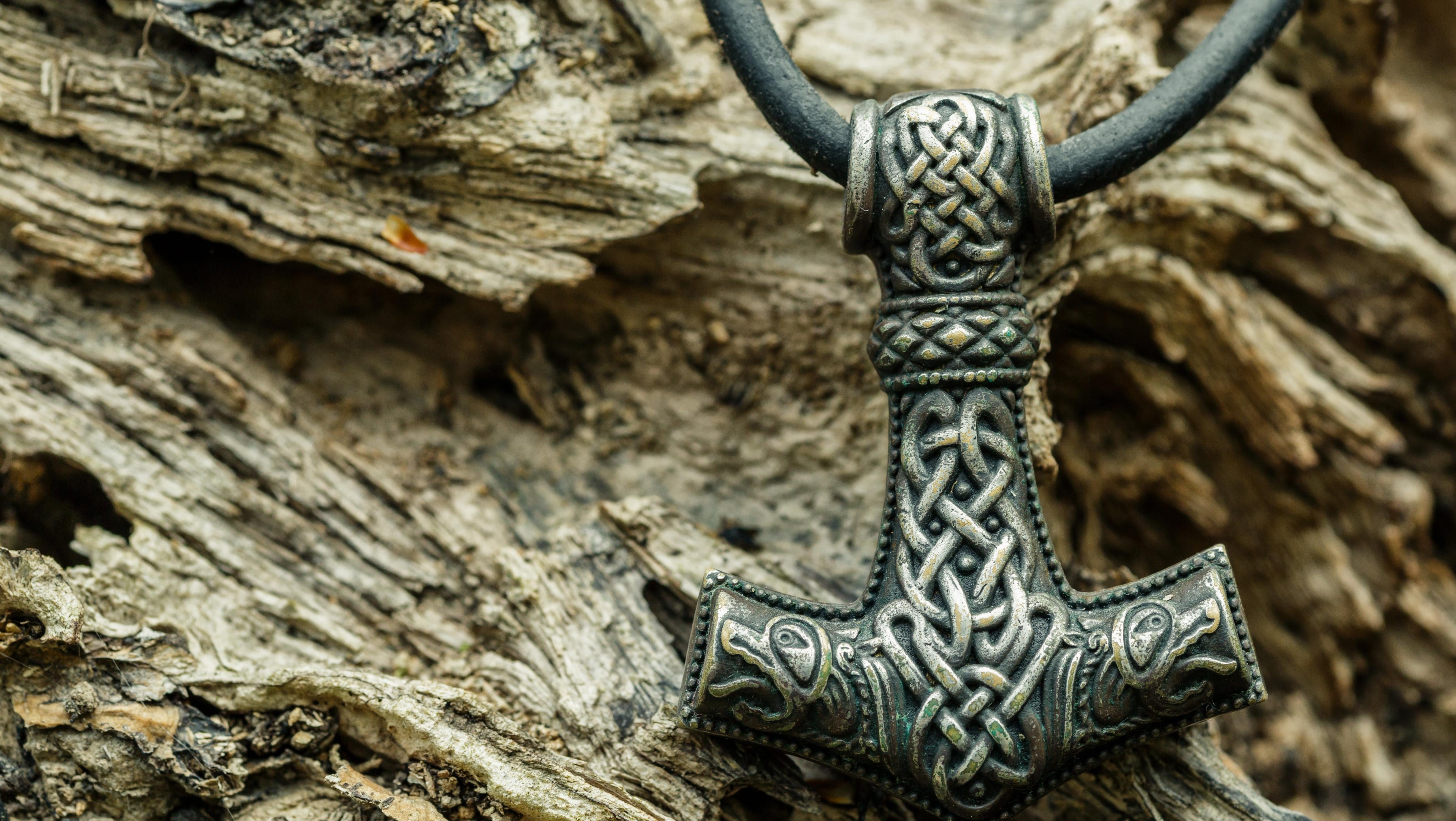
If you’re looking for Thor’s hammer (aka Mjölnir), you’re in luck. All you need to do is defeat the Daughters of Lerion, don Thor’s helmet, and travel to the Northern tip of Norway and — wait, that’s in Assassin’s Creed: Valhalla. In real life, finding Thor’s hammer will prove more difficult, because Thor wasn’t a real person and so could not have owned a hammer.
Thor is a mythological god and the hero of a popular comic book and movie franchise. The ancient Vikings believed he was real, though, and the symbol of his hammer was central to their faith. Centuries later, Heinrich Himmler, the head of the Nazi SS, believed Thor’s hammer was not only real, but a “highly developed form of war weapon of our forefathers” that “implies an unheard of knowledge of electricity.”
Himmler’s evidence for this ancient super-weapon was the fact that there are a lot of lightning bolts on Viking artifacts — I didn’t even make that up.
If you’re fascinated with lost artifacts, you will eventually run across a ton of Nazis. They (well, mostly Himmler) really did spend money and resources searching for ancient artifacts, from the Ark of the Covenant, to The Holy Grail, to evidence that Tibetans were descended from exiles from Atlantis. This is all depicted in Marvel and Indiana Jones movies, but in those fictional universes, the relics the Nazis search for are powerful items, so the forces of good must prevent the Nazis from acquiring them lest doom befall the world. In the real world, many of these artifacts are not even real, like Thor’s hammer, and acquiring ancient relics was important to Nazis only because the Nazis were unimaginably stupid.
Nazis were really looking for evidence that supported their theory that a prehistoric Aryan super-race was responsible for everything positive that humanity ever achieved. They were unsuccessful because there was no such ancient race. Nazi archeology is only notable for its absolute failure — all it managed to prove is that Nazis, both historical and modern, are dumb as shit.
Chance that you could find Thor’s Hammer: Zero point zero per cent.
If you want to see paintings from the Gardner Museum
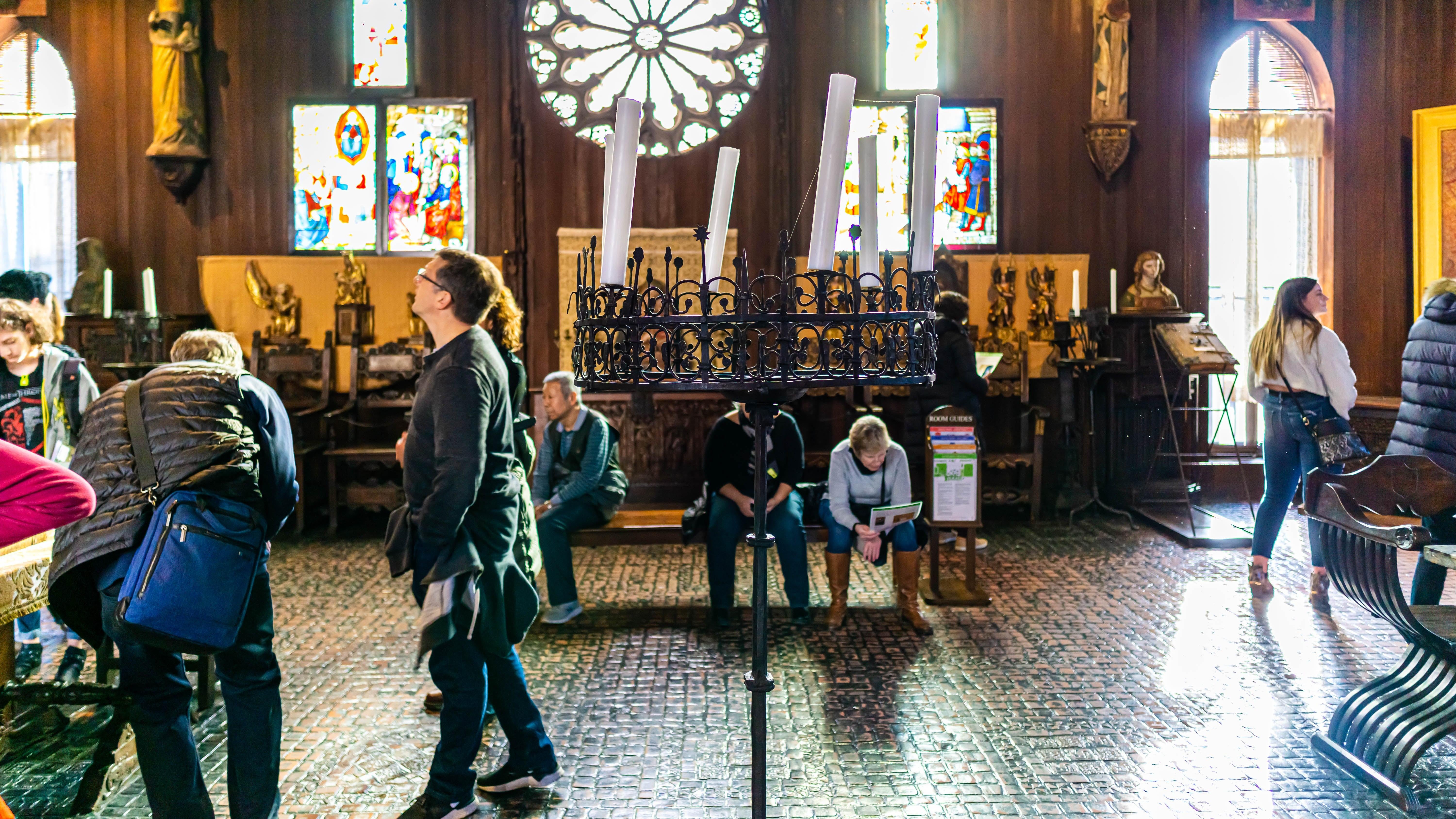
Back in 1990, 13 works of art were stolen from Boston’s Isabella Stewart Gardner Museum. Despite a $US10 ($14) million reward and a decades-long investigation conducted by the FBI, the US Attorney’s office, Boston Police, and everyone else, the painting have not been recovered and no suspects have been arrested.
The crime went down like this: Two thieves entered the museum after dark, tied up the pair of night guards on duty, and made off with 13 works of art, including paintings from Rembrandt, Vermeer, Manet, and Degas. Their total worth is around $US500 ($694) million dollars — half of a billion dollars worth of purloined art.
Theories abound as to who is responsible. The thieves’ knowledge of the museum suggests an inside job. Some think Boston musician and self-confessed art thief Myles Connor had something to do with it. Other point to organised crime. Maybe it was conman Brian Michael McDevitt.
Chances you could find the missing Gardner paintings: Pretty high. There’s a better chance these paintings are recovered than most missing artifacts, as the theft was not too long ago. It seems to me the paintings would be too high-profile to easily sell, so they could be sitting in the basement of a Boston gangster to this day. Someone has to know something, right?
If you wan to hold Honjo Masamune: the Samurai Sword of Power
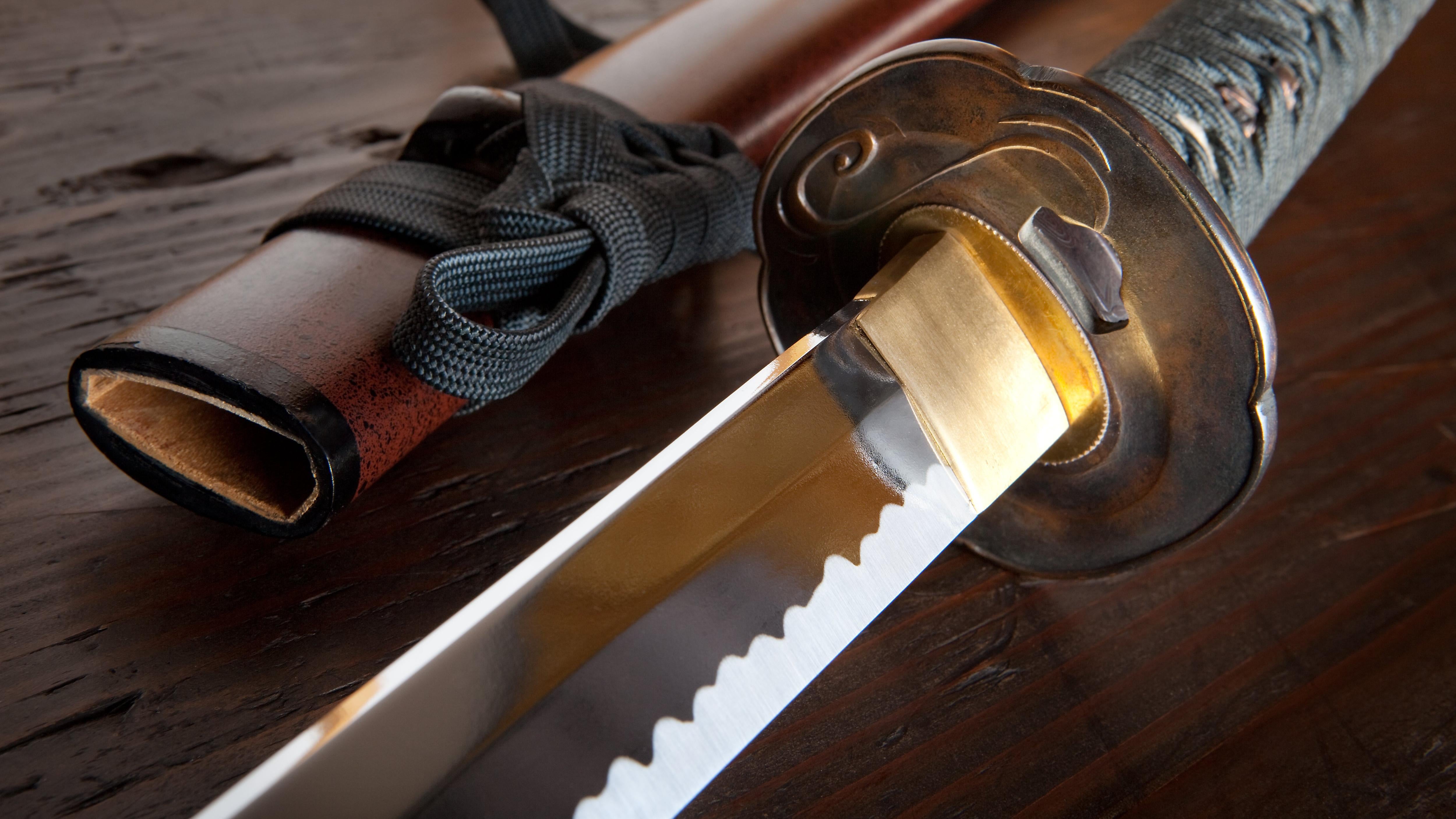
Forged by the master swordsmith Goro Nyudo Masamune, the Honjo Masamune is among the famous swords in history, sharing that rarified air with the Sword of Charlemagne, China’s Goujian, and Durandal, The Sword of Roland.
Masamune was the sword-maker of choice for Japanese Samurai warriors circa 1300 a.d., and the Honjo was his greatest work. Made of layers of brittle steel and softer metal, Honjo’s point was so sharp, it was said to be one-atom thick. (Seems unlikely, but who knows?)
Wielded by samurai, generals, and other prominent warriors, the sword ended up in the possession of Japan’s prominent Tokugawa Family. In 1939, it was declared an official Japanese treasure, but at the end of World War II, the US government decreed that all Japanese weapons must be turned over to the new government — even ancient Samurai swords — and Masamune’s ancient masterpiece was handed over. It was shipped off across the Pacific and never seen again.
Chances that you could find the Honjo Masamune: Fair. If it’s in existence, it’s likely in the United States. While most confiscated Japanese weapons were melted into scrap, plenty were kept by soldiers as wartime souvenirs. Someone, somewhere in the chain-of-command could have seen the weapon and thought, “That’s a cool sword,” and rescued it from the slag heap. Maybe it’s in your great-grandparents’ attic right now.
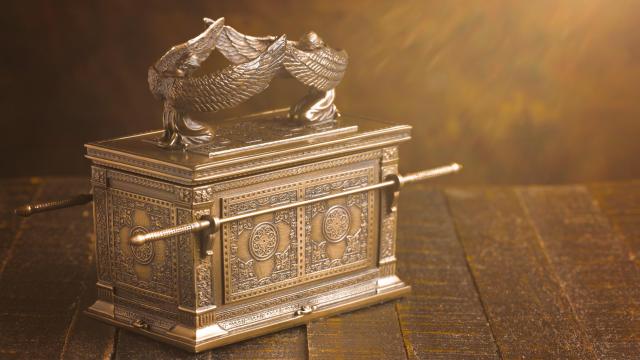
Leave a Reply
You must be logged in to post a comment.